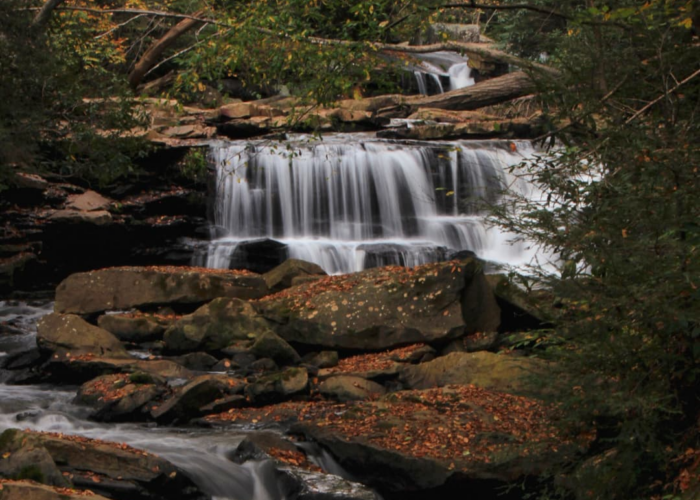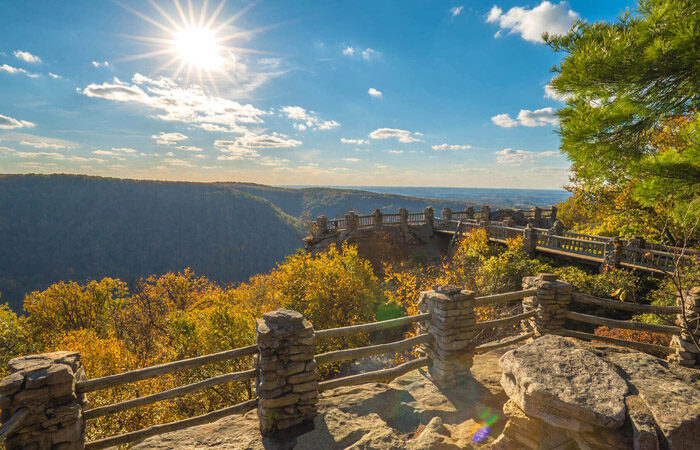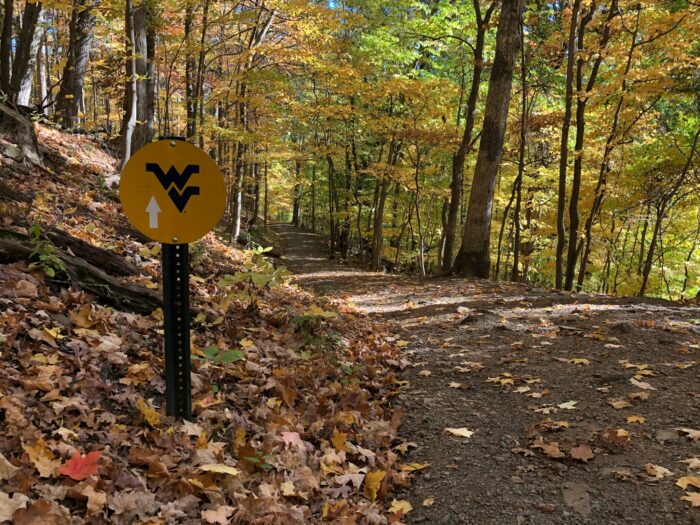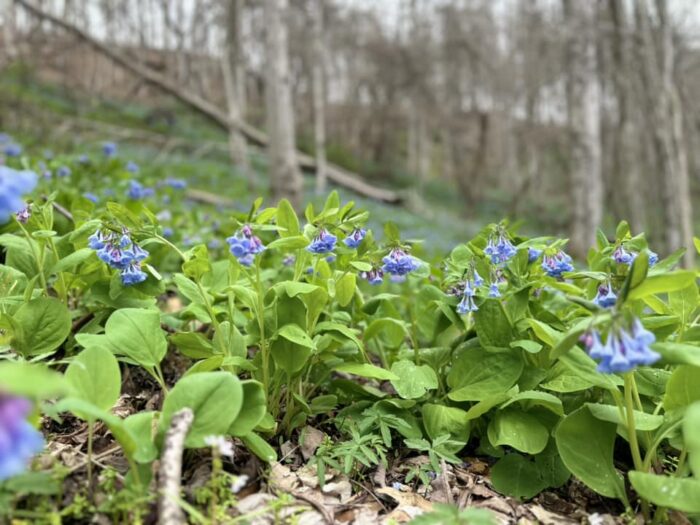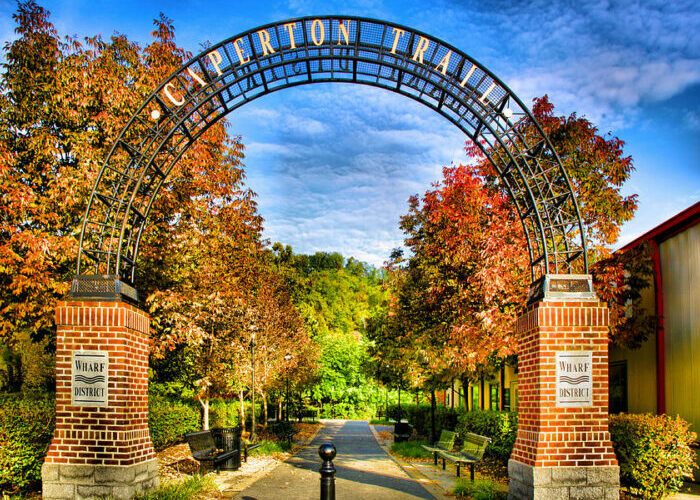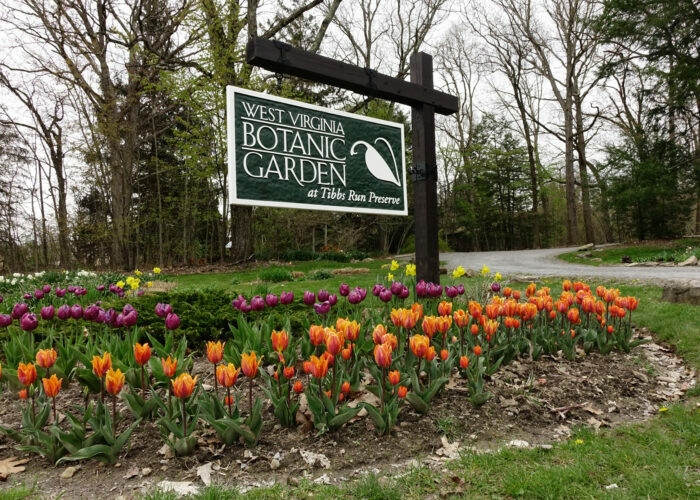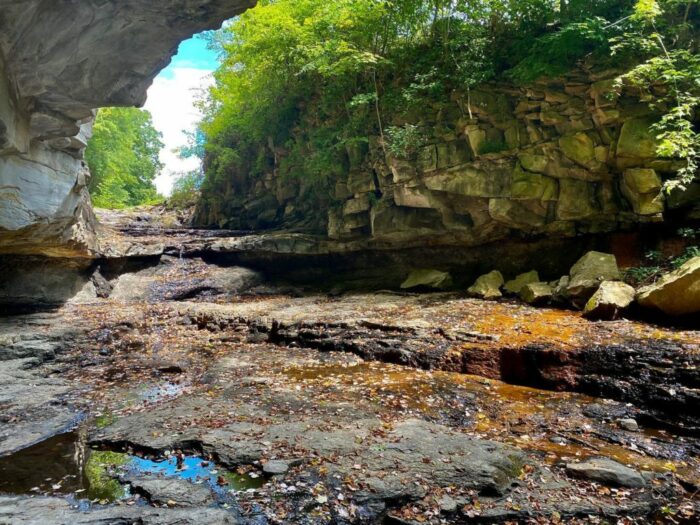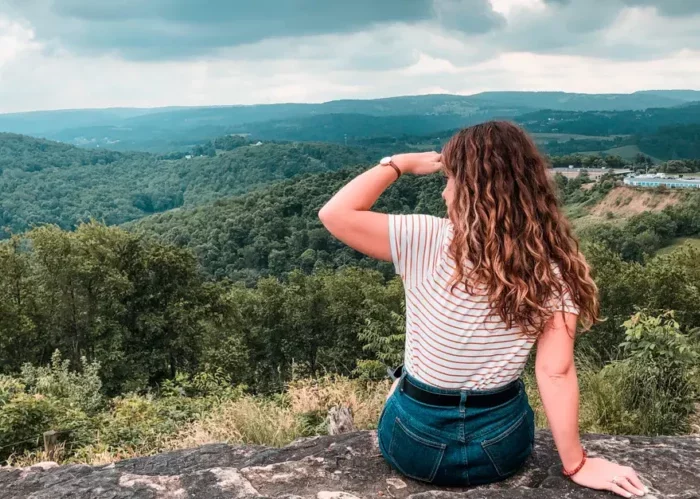Be mild:
Birding in
Mountaineer Country
-
Mountaineer Country's eco-diversity, featuring high mountain bogs, forests, farmland, and waterways, makes it a year-round birding destination.
- Best birding season: April to May (breeding season), with increased sightings during waterfowl migration from November to March.
- Year-round common birds: Species like Canada Goose, Mallard, Great Blue Heron, owls, woodpeckers, Blue Jay, American Robin, Northern Cardinal, and Morgantown’s official bird, the American Goldfinch.
- Seasonal birds: Summer residents include Ruby-throated Hummingbirds, Scarlet Tanager, and Orchard Orioles, while winter birds feature Yellow-bellied Sapsuckers and Dark-eyed Junco.
- Migratory birds: Tundra Swan, Common Loon, and various warblers pass through in spring and fall.
Explore Some of Mountaineer Country's Milder Options
Flatwater Stand-Up Paddleboarding, Canoeing, and Kayaking
Fans of stand-up paddleboarding (SUP), canoeing, and kayaking highly praise Mountaineer Country for its ideal rivers, lakes, and waterways. From secluded spots to popular hangouts, the area is renowned for its crystal-clear mountain streams and long, lazy rivers, offering endless opportunities for water enthusiasts.
Hiking
West Virginia is considered one of the best states for hiking. Almost Heaven catalogs more than 450 identified trails traversing the state with varying terrain and with something for hikers of all skill levels.
Biking
Cycling through Mountaineer Country’s picturesque landscapes, you will find paved and gravel roads that connect with charming eateries and bits of this region’s history.
Birding
Mountaineer Country’s eco-diversity—high mountain bogs, forests of various ages, abundant farmland, and waterways—make for great birding year-round.
Parks
The seven-county region in North Central West Virginia boasts hundreds of miles of developed trails weaving through state parks and forests, free to the public.
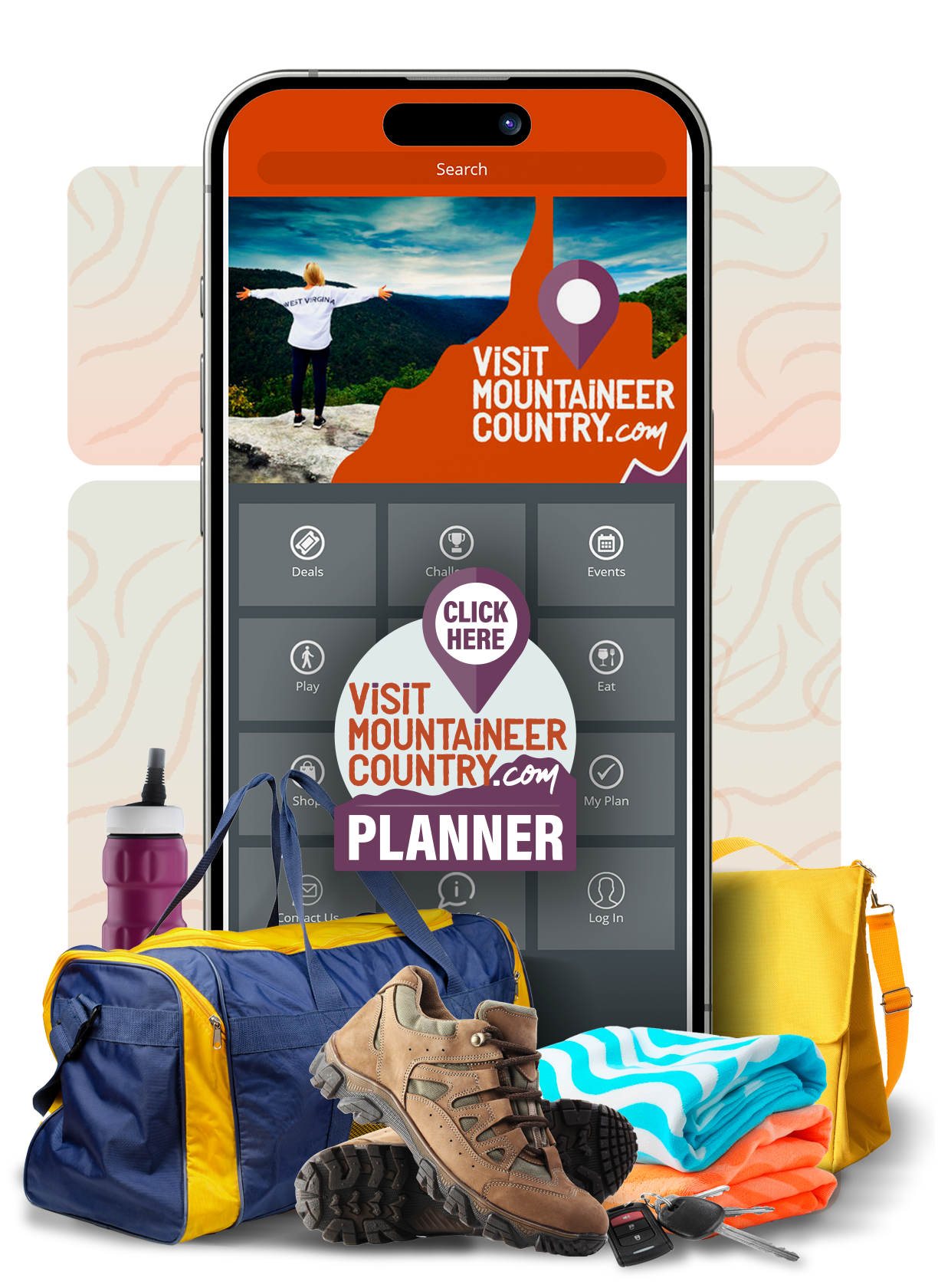
Plan YOUR NEXT MOUNTAINEER COUNTRY VISIT
Are you ready for a WILD! adventure? Plan your trip to North Central West Virginia, where fun and educational activities await visitors of all ages. Enjoy local parks and playgrounds or dive into indoor attractions. Build your own itinerary, use one of our special interest day trips, or take a check-in challenge. You can also share your itinerary with friends. Save money during your visit with valuable discount coupons built into the app.
Plan your trip to Mountaineer Country today using the VMCCVB Trip Planner App, available for free in the Apple App Store and the Google Play Store. Browse the area’s local hotels, gear shops, restaurants and scenic overlooks to create your perfect wilderness excursion.
And because we all know that every good trip has a story, we invite you to share your outdoor adventure story with us! Share pictures from your Mountaineer Country adventure with us by using #VisitMountaineerCountry and #MountaineerCountryYes on your social media posts!





